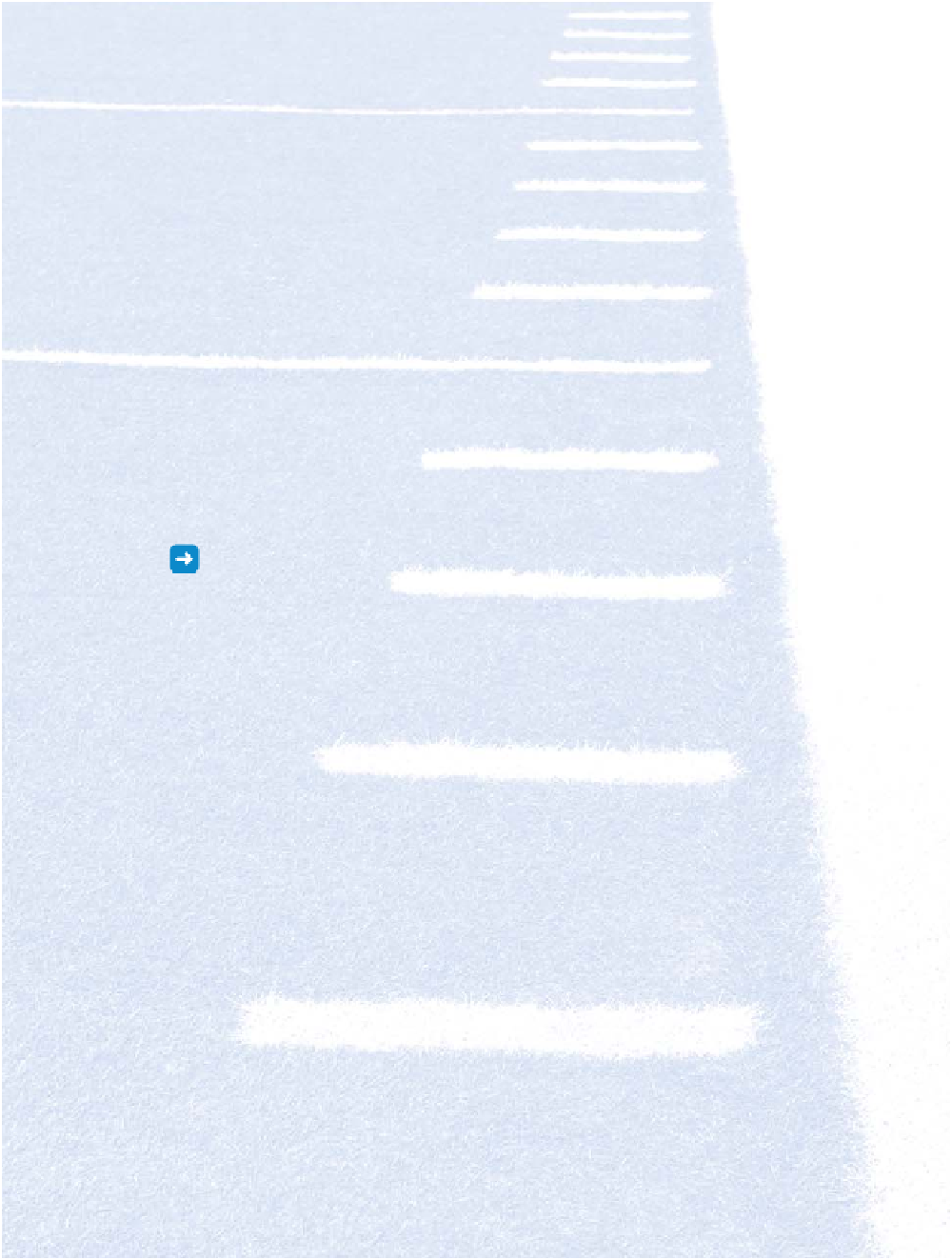Geography Reference
In-Depth Information
autocorrelation, the ecological fallacy, and the MAUP. At least some of these concepts
are central to all analyses of spatial data and these ideas will be revisited throughout the
remainder of this topic.
Further reading
Most standard introductions to GIS provide accounts of measurement of distances and
areas. General summaries are provided by, for example,
Burrough and McDonnell (1998)
and
Heywood
et al.
(2006)
.
Chou (1997)
and
O'Sullivan and Unwin (2002)
provide more
in-depth accounts of the key ideas.
Wise (2002)
outlines an algorithm for measurement
of polygon areas. Key spatial data analysis concepts such as moving windows and geo-
graphical weighting are discussed by
O'Sullivan and Unwin (2002)
and
Lloyd (2006)
.
The MAUP is outlined in some detail by
Openshaw (1984)
. Chapters in the topic edited by
Tate and Atkinson (2001)
introduce some key concepts and present case studies relating
to the issue of spatial scale in GIScience. By carefully working through this chapter, and
the two which preceded it, readers should have developed the essential background
necessary to make use of the rest of this topic.
The next chapter is concerned with analysis of discrete objects. Specifi cally, it deals
with overlay operators, which are used to identify overlaps between spatial objects.

Search WWH ::

Custom Search